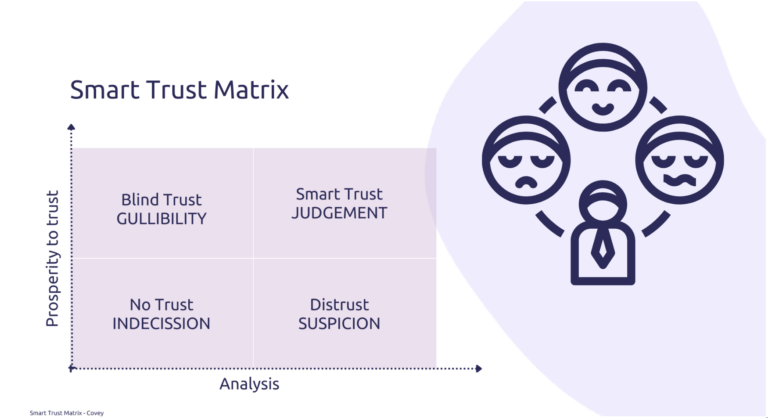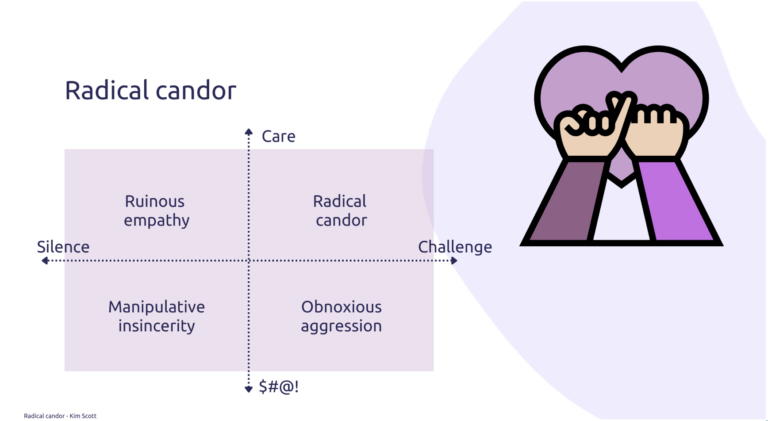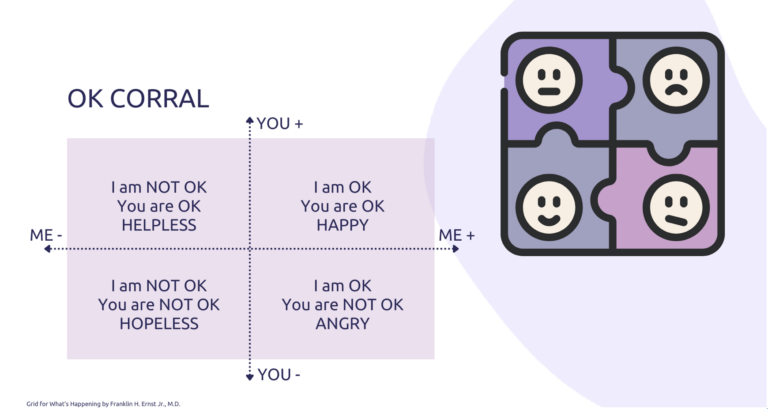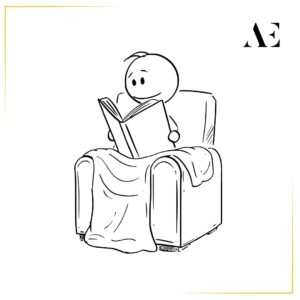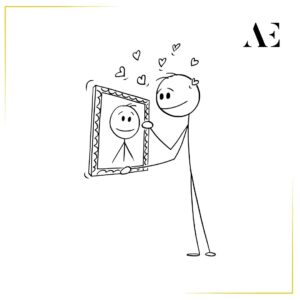TRUST
What fits in the trust frame?
Which is not really a frame, but a matrix. What am I talking about? Stephen Covey’s trust matrix. As the enclosed figure shows, we can approach our trust (or distrust) from four directions. Depending on how much we tend to trust and how much we like to question things.
Let’s agree on the fact, that for self-developing self-aware people, the left field is not target state. So that leaves us with “Smart trust” and “Distrust”. In the first case, we preempt our trust. Until proven wrong. What good is it, being constantly suspicious of everyone? If we want to go into a relationship with someone, the least that we can do is to trust them. Right? I would like to say, that this is a bulletproof life strategy, but I would be lying. Having this attitude, I must confess, I did get slapped so hard, that my ears are still ringing… 🙂
At this point, being suspicious suddenly seems like a much better idea. Here, I tell myself: “if he has proven to be trustworthy enough, I will trust him”. But what is “enough?”. This is what I usually call hamster wheel trust-building. In business we have a term called DoD (definition of done). We try to define it when we are setting a task, so we have a point where we accept the task as done. When is it, that we have the amount of data/result that we are happy with? This is something we should keep in mind, with our relationships also. Not forgetting, that the person trying to walk alongside us, is stuck in a hamster wheel.
Breaking down further what building trust might depend on, I started realising, our whole profession is built on 2×2 matrices. When trying to correlate trust with communication, I have to pull out Kim Scott’s model on radical candor.
We don’t need to look with a magnifying glass, to find the similarities. The far left is still not in our focus. There are times in life, when you build trust by being silent, but this is not the topic for today. Based on the model, “obnoxious aggression” is when we say what we have to say, without caring too much about the person we are talking to. These are the compliments we don’t really mean, or when we just “state facts”, without caring too much about how the other person feels about it. When dealing with such people, a healthy amount of suspicion or mistrust almost seems mandatory.
For building “smart trust”, it seems radical candor is the solution. This means, that we are able to express our needs in an assertive way, also considering our partner’s feelings. Because what is it, that we need to achieve trust? Consistency in the fact that our partner does not give us a reason to be doubtful. Can you imagine anything better, then clear communication of what is expected from you? Preemptive trust meets care in this case. We simply believe, that the other means well, when expressing his needs. Not only for himself, but for us as well.
And here we arrive to our third and final 2×2. The “OK corral”:
It seems, that in both trust and communication, it’s important, that we assume good things about the people in the world. In a consciously maintained “I am OK – you are OK” state of mind, we don’t drain our energy by being constantly suspicious of everyone. This way, we can focus our energy on what brings us forward. Of course, we will be faced with disappointment here and there in life, but these disappointments won’t keep us in a state of perpetual insecurity. Because if someone does us wrong on purpose, we can treat it as a fact and make life choices accordingly, and move on.
Coming back to our suspicious friend from the bottom right corner of the first frame, we can now say, that he clearly sees others as “not OK”: “let him run in the hamster wheel! If I find him to be worthy of me, I will let him out!”. In this situation, we can easily fall into our own trap.
If you happen to wake up in a world where you can never trust anyone, where everyone has something bad in mind, chances are that you either see yourself, or the world as “not OK”. In such situations it is worth getting in touch, as you are probably just “stuck” in the maze of your own beliefs or patterns.
There is nothing wrong with you, or the world! 🙂

